Analysis of Free Movement of Goods within the EU: A Legal Report
VerifiedAdded on 2021/01/22
|5
|630
|37
Report
AI Summary
This report provides a critical analysis of the free movement of goods within the European Union, a cornerstone of EU law facilitating the import and export of products and services. It examines the legal framework, including positive integration and deregulation, and addresses the potential undermining of free movement by derogations. The report delves into the complexities of Keck case law, pre-Keck problems related to Article 34 (Dassonville), and the limitations of Article 36. It also discusses the rigidity of the Keck approach, undefined concepts, and the justification of barriers to trade based on public interest. The conclusion highlights the scope of unlawful limitations on advertisement of products or services and permissible restrictions, as well as limitations related to the provision 34 TFEU. The report references relevant books, journals, and online resources to support its analysis.
1 out of 5
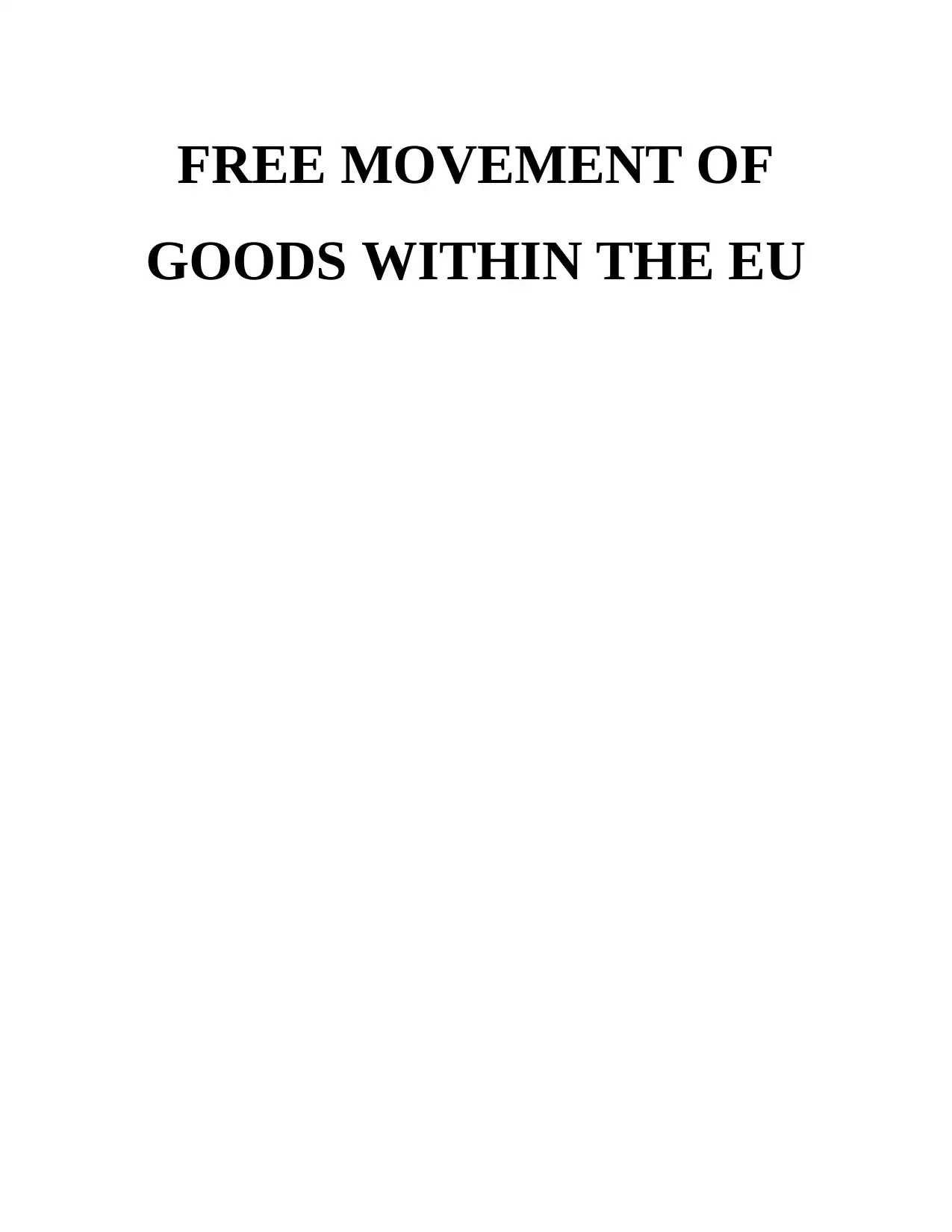
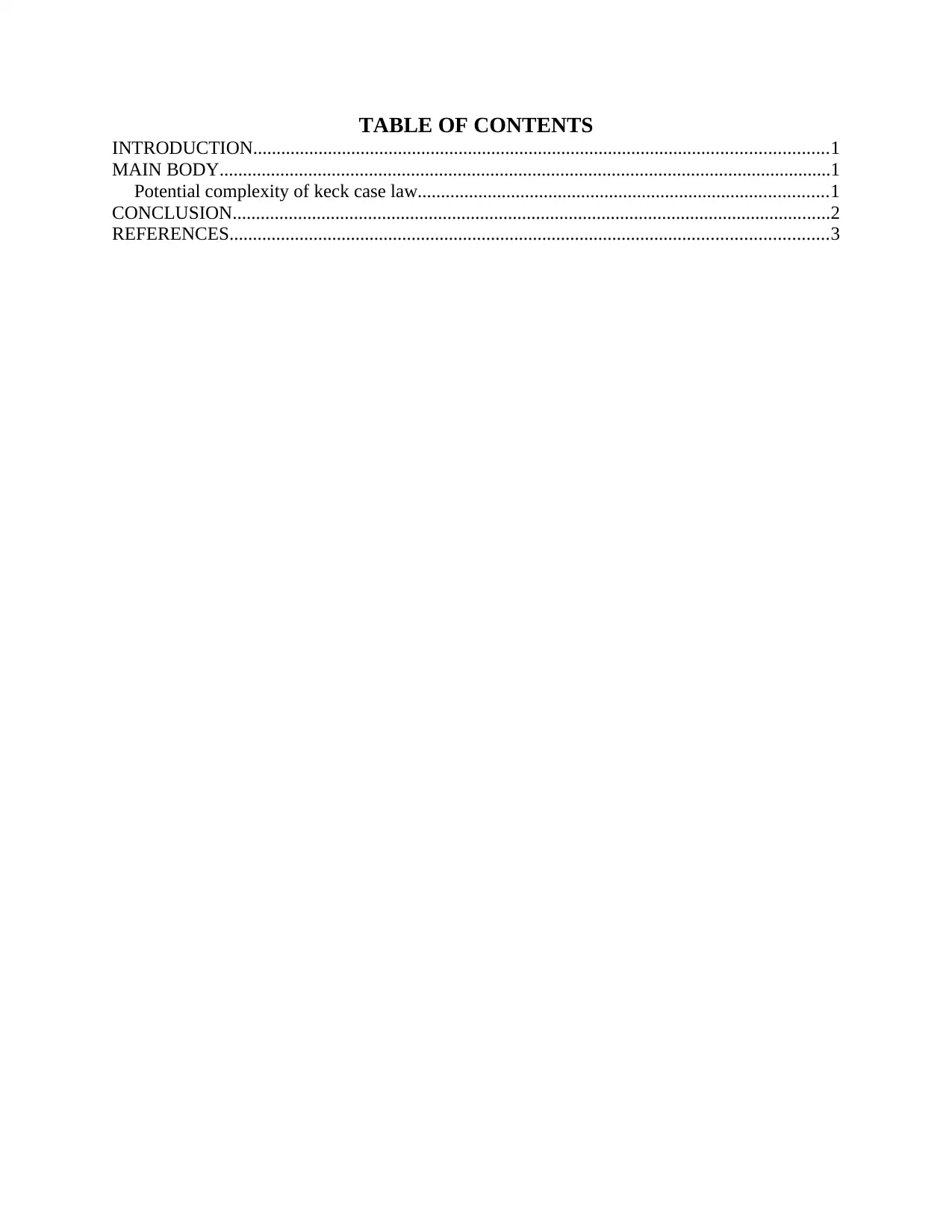
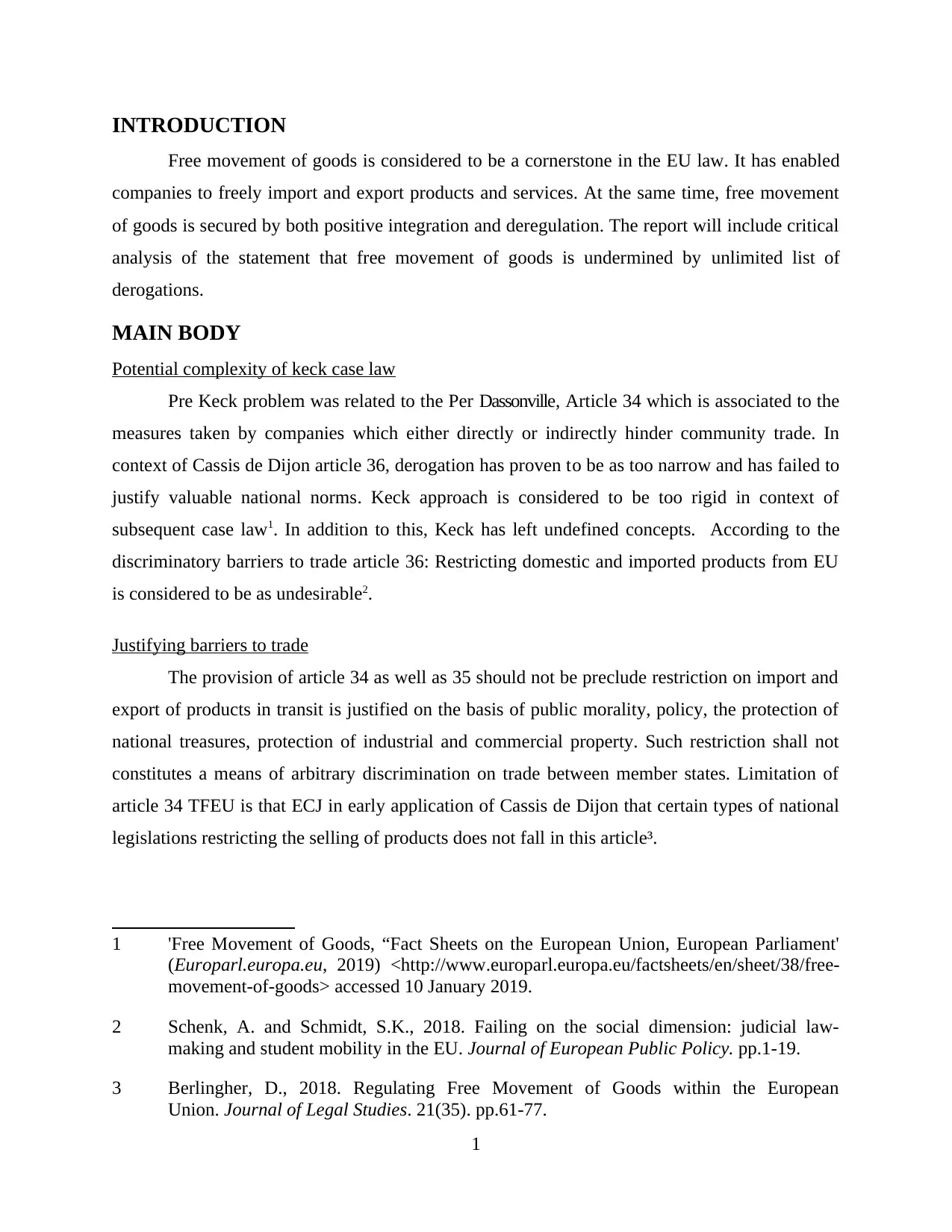

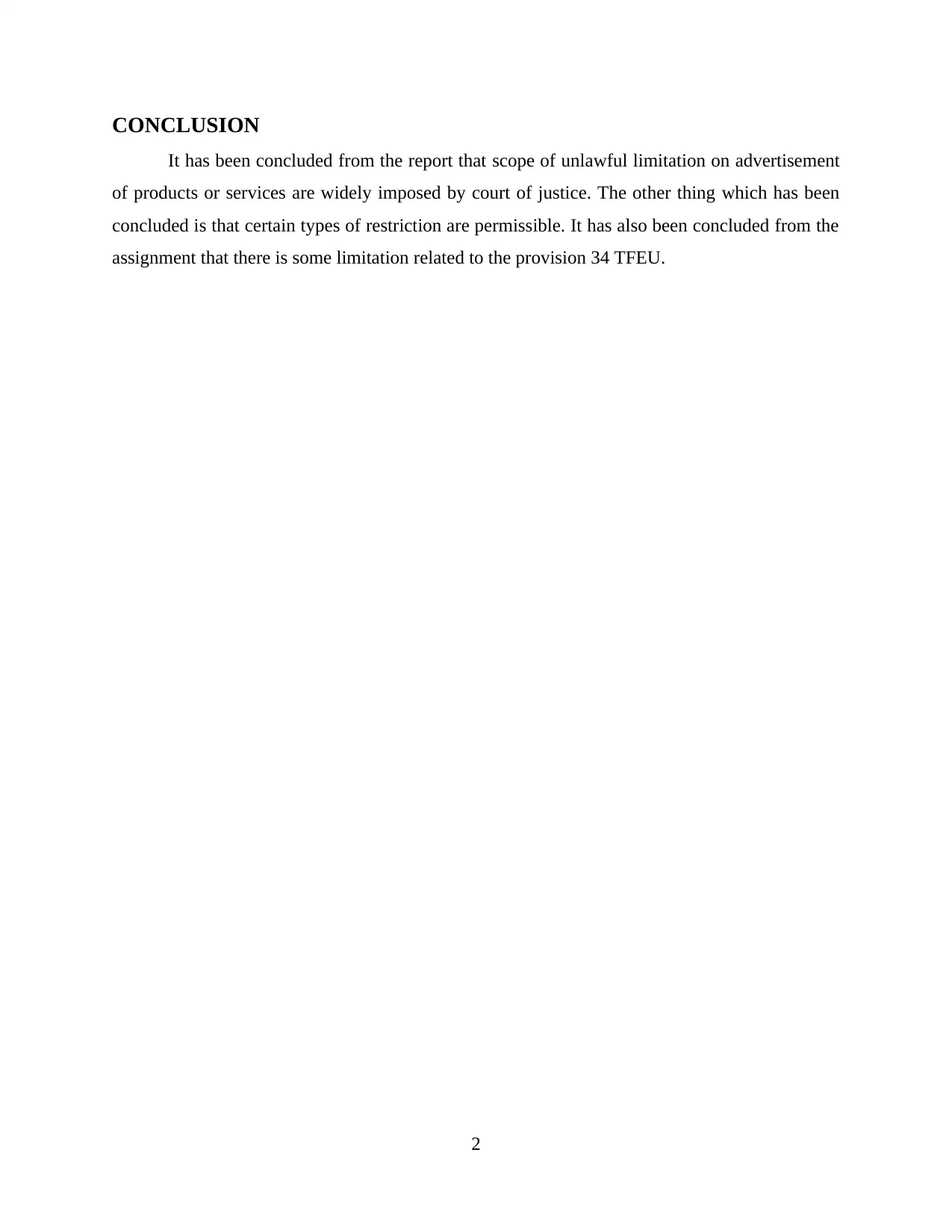
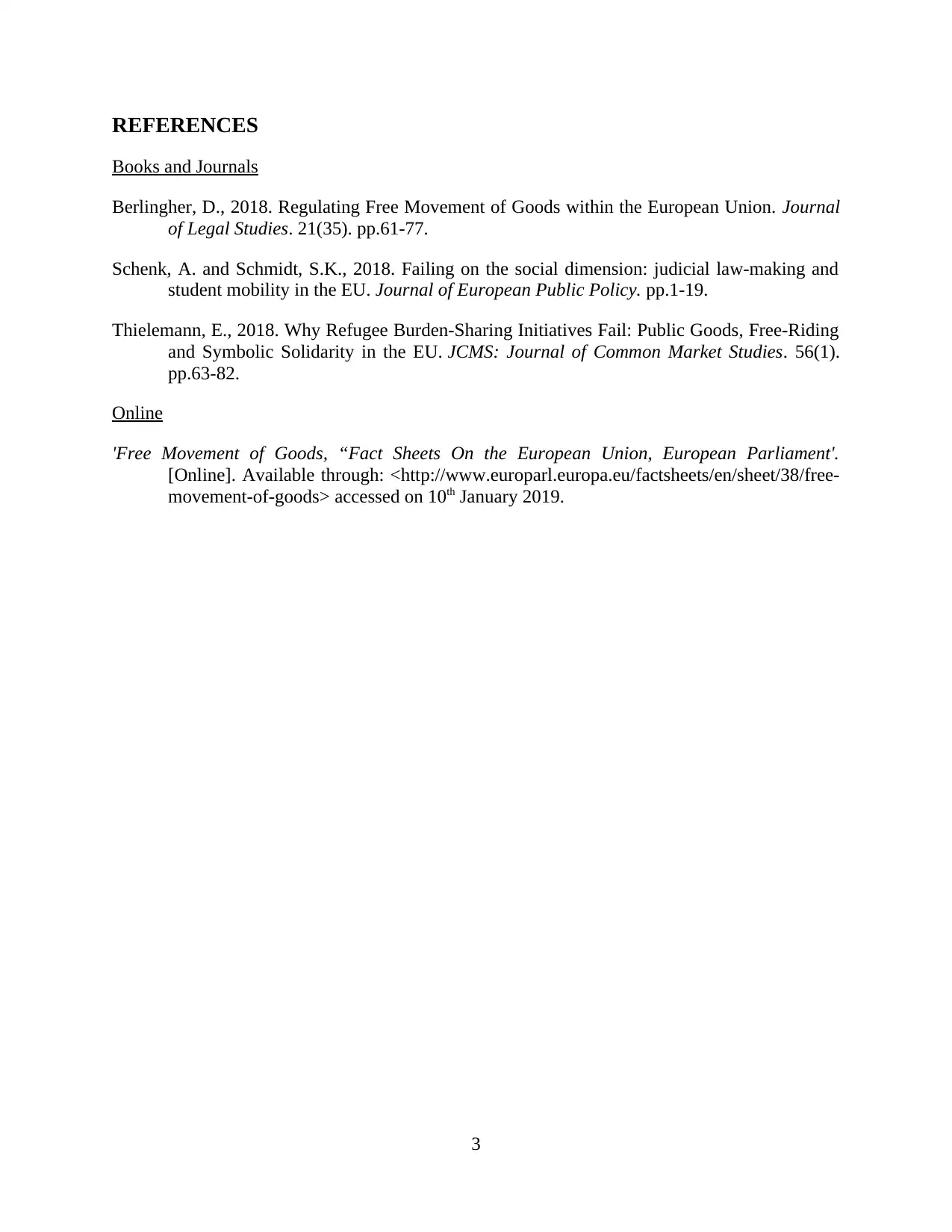





![[object Object]](/_next/static/media/star-bottom.7253800d.svg)